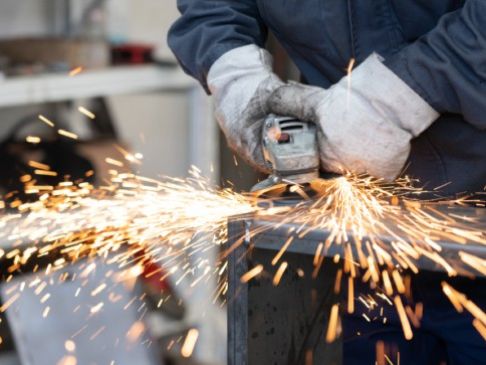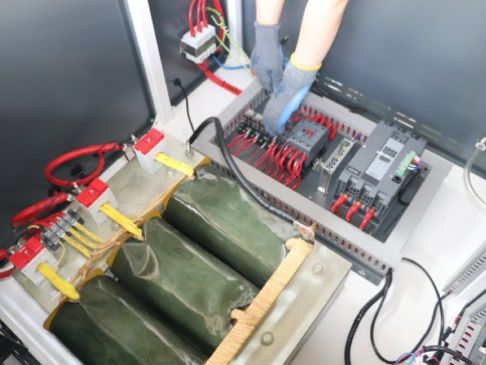Time:
Box Furnace Temperature Guide
Saftherm of lab furnaces offers three main types of box furnaces in different temperature ranges. The following box furnace temperature guide provides details on each of the three box furnace ranges.
1200°C box furnace. Featuring an integrated control system, Thermcraft’s 1200°C Express Line lab furnace has a vertical lift door that ensures hot door insulation that faces away from the user. Likewise, a safety switch interrupts power when the door is open. The processing of steel parts, drying, preheating, and curing are typical applications.
The furnace features an air gap between the exterior of the heated chamber and the unit’s exterior surface to reduce the latter’s temperature. Equipped with Fibercraft™ vacuum-formed ceramic fiber heating elements, users can easily replace the furnace chamber with heating elements, hearth plate, or chamber threshold if they wear out.
1400°C and 1600°C box furnaces. Furnaces in this temperature range feature spiral-type silicon carbide (SiC) heating elements, which ensure the oven heats up rapidly and has excellent temperature uniformity as well as quick cool-down intervals. Typical applications include ceramic curing and firing. Key components are easily replaceable should they wear out, as on the 1200°C furnace. Equipped with the same door safety features as the 1200°C furnace, they also feature its air gap and integrated control system.
1700°C and 1800°C box furnaces. Often used for high-temperature ceramic curing and firing, these units come equipped with Molybdenum Disilicide (MoSi2) heating elements in a free radiating U-shaped design, suspended from the roof of the chamber. This technology ensures rapid heat-up and excellent temperature uniformity. As with other products in Thermcraft’s Express Line, 1700°C and 1800°C box furnaces feature similar safety door features, an air gap exterior body, an integrated control system, and easily replaceable core wear parts and components.
Related News

ndustrial furnaces are used globally for a wide range of applications. As the selection of applications grew, different types of furnaces were developed to keep up with demands.
ASHING FURNACES
Ashing furnaces are used to determine the amount of ash that forms after a sample is burned. Typical materials used as samples in ashing furnaces are petroleum products, lubricating oils, and coal.

Our furnaces can be used in high-temperature tempering, annealing, quenching and other
Get A Free Quote
Submit Request